Photo





Jamila’s Mirror (1993)
Arab Loutfi
Jamila’s Mirror deals with the memories of Palestinian women guerilla fighters who were involved in military operations during their teen years.
2K notes
·
View notes
Photo
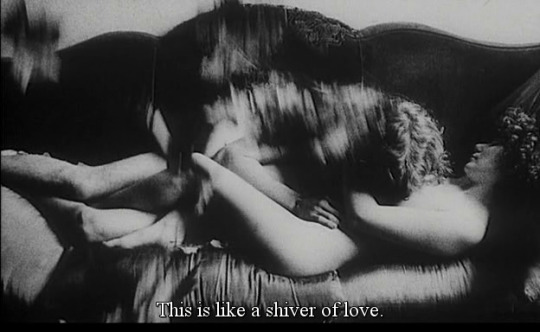
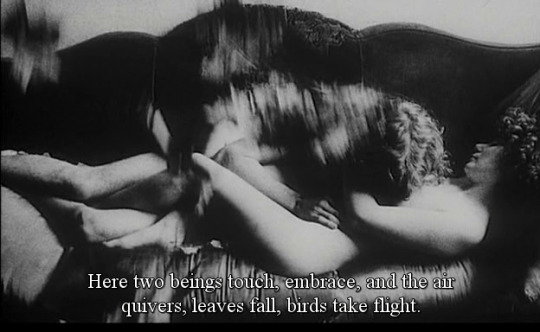
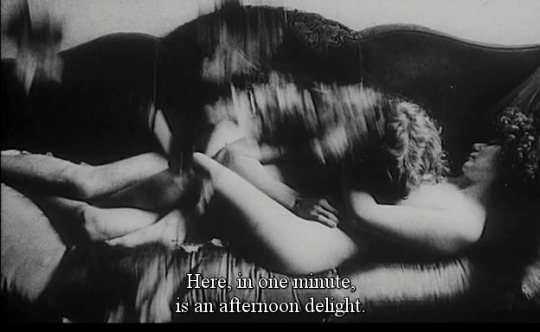

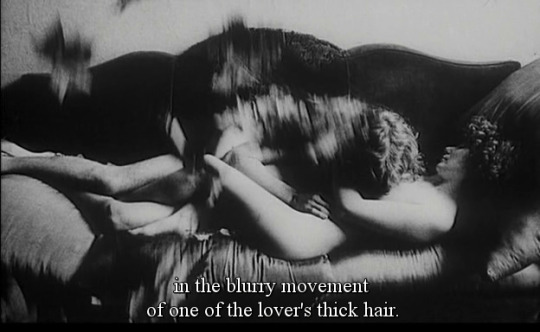
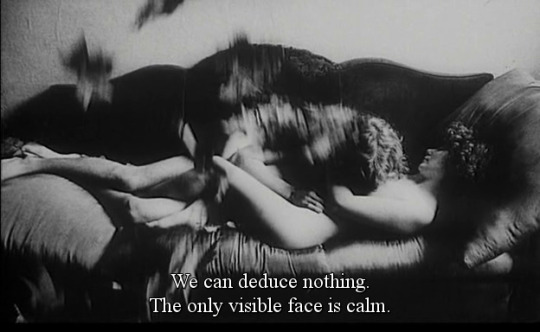

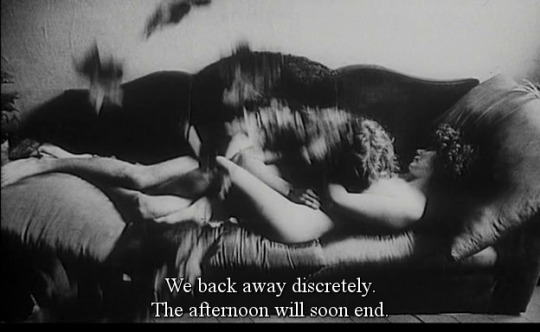
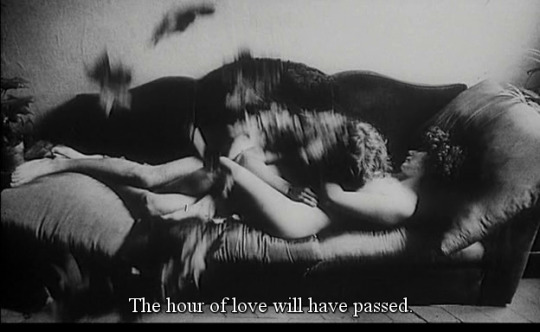
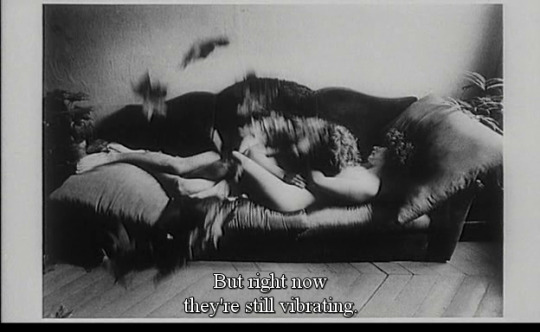
Une minute pour une image (Agnès Varda, 1983)
520 notes
·
View notes
Photo





Une minute pour une image (Agnès Varda, 1983)
472 notes
·
View notes
Photo





Une minute pour une image (Agnès Varda, 1983)
809 notes
·
View notes
Photo
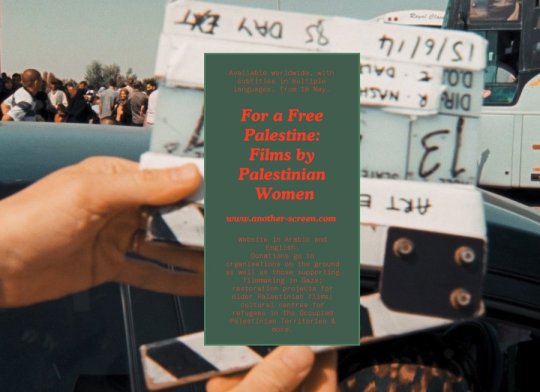
Another Screen has just launched their new program this month “For A Free Palestine: Films by Palestinian Woman” featuring films by over 15 different Palestinian women directors streaming for free.
4K notes
·
View notes
Photo

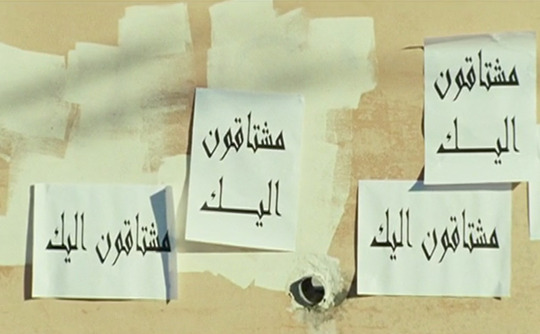
Port of Memory (2009) ميناء الذاكره dir. Kamal Aljafari
107 notes
·
View notes
Photo




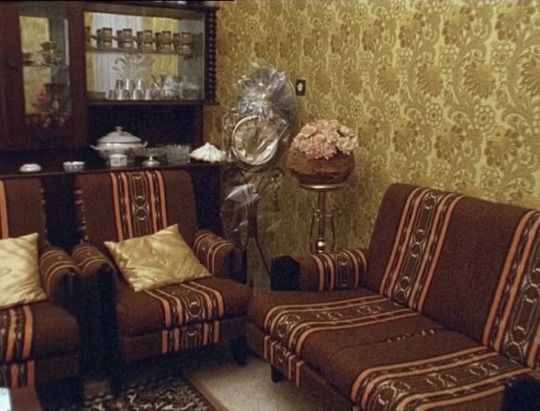




textures and textiles in Hreash House (2004) dir. Rosalind Nashashibi
119 notes
·
View notes
Photo







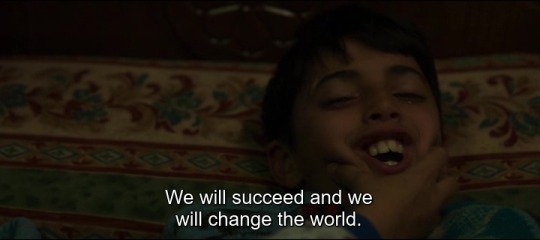
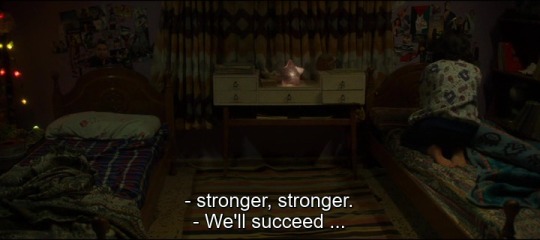
يا طير إل طير [The Idol] (Hany Abu-Assad - 2015)
75 notes
·
View notes
Photo







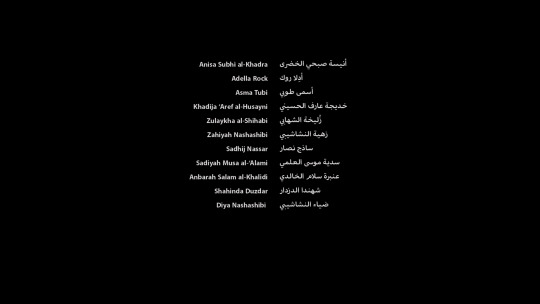

The Silent Protest: Jerusalem 1929 (2019) dir. Mahasen Nasser-Eldin
Available for free 5/18-6/18 here
772 notes
·
View notes
Video
vimeo
EPISODE 010: Translations of Memory: The Films of Palestinian Cinema (Part One)
Understanding the history of Palestinian cinema begins with an understanding of its positioning in survival through decades of war and the diaspora of its culture. The events of the “Nakba”, which sought the displacement and dispossession of an entire Palestinian nation, in 1948 set a paradigm of violence against Palestinians and the sovereignty of their land. Many of these tragic events, and those that took place leading, were captured by filmmakers alongside the birth of celluloid film technology, however, many of these films remain either lost or destroyed to this day. Film historians, and many Palestinian filmmakers, can identify Palestinian cinema through its four periods that are divided by significant markers of social change.
In Part One of Episode 010: Translations of Memory: The Films of Palestinian Cinema, we look into the signifying factors that shifted the first and second waves of Palestinian Cinema. Palestinian cinema is most recognized for its resistance to settler occupational forces that debilitated decades of independent productions, while its nation of people struggled to crystallize its unity and cultural homogeny, as much of its historical films were lost, and thus only exist today through memory and re-distributed by oral storytelling.
LA CINEASTE invites you to visit our Patreon where you can find exclusive content and written materials found in our film essays. Our Patreon also offers tiers that you can contribute to monthly.
Patreon Link
Youtube Link
Thank you for watching!
35 notes
·
View notes
Photo



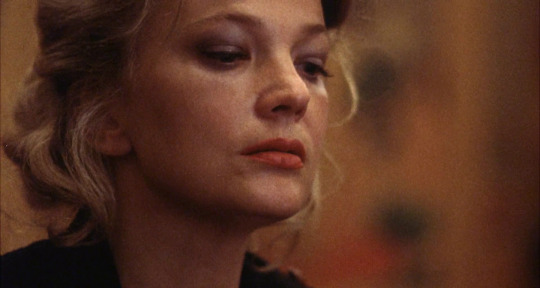
Gena Rowlands in “A Woman Under the Influence” (1974) dir. John Cassavetes
1K notes
·
View notes
Text

Andrei Tarkovsky, April 4, 1932 – December 29, 1986.
1979 photo by Gueorgui Pinkhassov.
490 notes
·
View notes
Video
vimeo
EPISODE 010: Translations of Memory: The Films of Palestinian Cinema (Part One)
Understanding the history of Palestinian cinema begins with an understanding of its positioning in survival through decades of war and the diaspora of its culture. The events of the “Nakba”, which sought the displacement and dispossession of an entire Palestinian nation, in 1948 set a paradigm of violence against Palestinians and the sovereignty of their land. Many of these tragic events, and those that took place leading, were captured by filmmakers alongside the birth of celluloid film technology, however, many of these films remain either lost or destroyed to this day. Film historians, and many Palestinian filmmakers, can identify Palestinian cinema through its four periods that are divided by significant markers of social change.
In Part One of Episode 010: Translations of Memory: The Films of Palestinian Cinema, we look into the signifying factors that shifted the first and second waves of Palestinian Cinema. Palestinian cinema is most recognized for its resistance to settler occupational forces that debilitated decades of independent productions, while its nation of people struggled to crystallize its unity and cultural homogeny, as much of its historical films were lost, and thus only exist today through memory and re-distributed by oral storytelling.
LA CINEASTE invites you to visit our Patreon where you can find exclusive content and written materials found in our film essays. Our Patreon also offers tiers that you can contribute to monthly.
Patreon Link
Youtube Link
Thank you for watching!
35 notes
·
View notes
Video
vimeo
EPISODE 010: Translations of Memory: The Films of Palestinian Cinema (Part One)
Understanding the history of Palestinian cinema begins with an understanding of its positioning in survival through decades of war and the diaspora of its culture. The events of the “Nakba”, which sought the displacement and dispossession of an entire Palestinian nation, in 1948 set a paradigm of violence against Palestinians and the sovereignty of their land. Many of these tragic events, and those that took place leading, were captured by filmmakers alongside the birth of celluloid film technology, however, many of these films remain either lost or destroyed to this day. Film historians, and many Palestinian filmmakers, can identify Palestinian cinema through its four periods that are divided by significant markers of social change.
In Part One of Episode 010: Translations of Memory: The Films of Palestinian Cinema, we look into the signifying factors that shifted the first and second waves of Palestinian Cinema. Palestinian cinema is most recognized for its resistance to settler occupational forces that debilitated decades of independent productions, while its nation of people struggled to crystallize its unity and cultural homogeny, as much of its historical films were lost, and thus only exist today through memory and re-distributed by oral storytelling.
LA CINEASTE invites you to visit our Patreon where you can find exclusive content and written materials found in our film essays. Our Patreon also offers tiers that you can contribute to monthly.
Patreon Link
Youtube Link
Thank you for watching!
35 notes
·
View notes
Photo
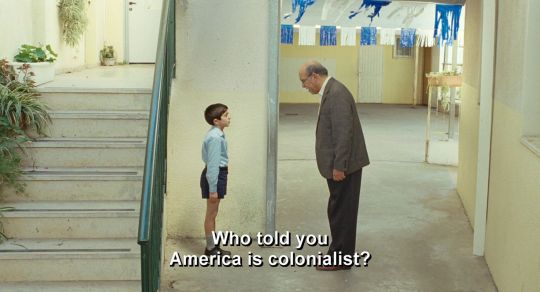





The Time that Remains (Elia Suleiman, 2009)
209 notes
·
View notes
Photo
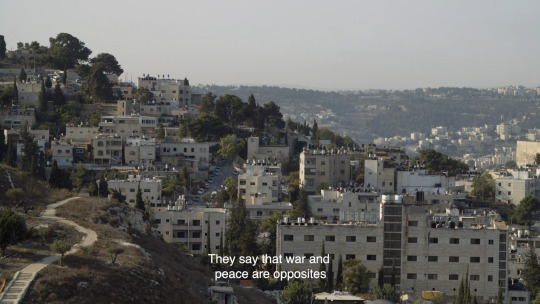


The Silent Protest: Jerusalem 1929 (2019) dir. Mahasen Nasser-Eldin
Available for free 5/18-6/18 here
211 notes
·
View notes
Photo


Port of Memory (2009) ميناء الذاكره dir. Kamal Aljafari
107 notes
·
View notes